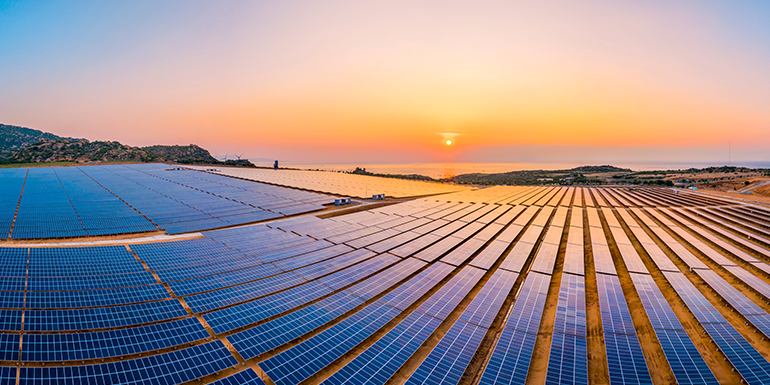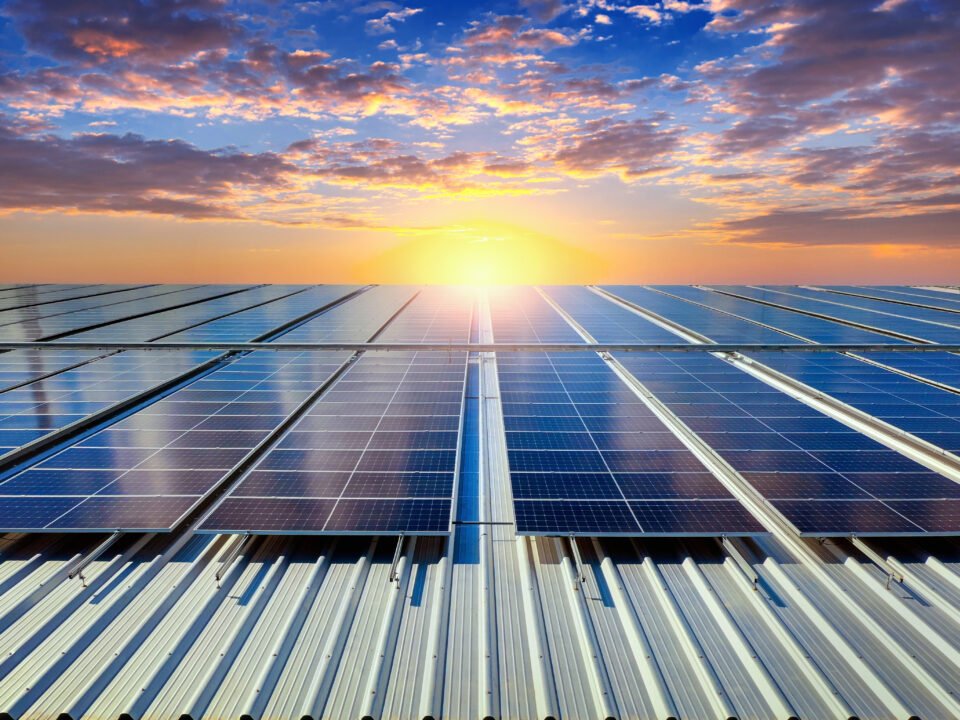Renewable sources of energy are extremely helpful in combating climate change. Solar power is the most popular among them, for its numerous advantages. However, as with everything else, solar energy, too, exhibits some disadvantages. Fortunately, the pros far outweigh the cons.
The Initial Investment is Quite High
A business might not worry about the heavy expense it is bound to incur on installing solar panels. However, you may be unable to afford or even wish to take up this kind of expenditure for your residence. The costs may also vary according to the geographical locations and your special requisites.
There are three methods to tackle this problem. The first one pertains to seeking cheaper solar panels of good quality. Genuine dealers will have them. However, still request a professional to help you with your choices. Do not harbor the notion that the latest in technological advancements are the best.
An alternative is to apply for a solar loan from an authentic financial institution. Do your research first, and then approach the lender on your own. Do not request the solar installation company to do the job for you. You may confront excess interest and hidden fees, for both the company and its financial partner desire good profits. Do not worry about repayment, for it should not prove too difficult. Thanks to the solar energy installation, your electricity bills will remain low, leading to savings. Use the extra money for clearing your loan.
Sometimes, governments offer incentives to people favoring renewable sources of energy. Find out if you are eligible for them. Exemption from sales and property taxes, rebates, etc., may come your way too.
The Installation Requires Appropriate Surface Area
It does not matter whether your solar energy system rests on the rooftop or the ground. The solar panels need to have their own space. They must also be able to receive ample sunlight. If you are an apartment- or condo dweller, you do confront a great challenge. The rooftop does not belong to you alone. Nevertheless, if you have the will, you will find the way too!
One option is to go for solar panels, which occupy less area but prove extremely efficient in functioning. They should easily fit into your area of the roof.
A second option is to take recourse to ground-mounted solar panels. They are costlier than rooftop installations. However, they offer optimum performance.
Other regions for such installations include a combination of electric vehicles and solar carports, patio shades, pergolas, and gazebos.
As a last resort, you may decide to join a ‘solar’ community.
Manufacturers of Solar Panels Contribute to Air Pollution
Fossil fuels come into play for the solar panels manufacturing process. Naturally, carbon emissions reach the atmosphere, thereby polluting it. Disposal of solar panels is a matter of equal concern. The plastic, metallic, and glass components of these panels cause harm to Mother Nature.
The solution is to remember that the production of solar energy takes place in a wonderfully clean manner! There is no emission of greenhouse gases into the atmosphere. Furthermore, solar panels survive for 20-25 years. This suffices to offset the pollution that manufacturing units cause in the beginning. In fact, the carbon savings are extremely high in comparison to carbon costs.
With regard to disposal and it’s after effects, there is a solution for that too. At least 90% of the panels’ components can undergo recycling. Experts hope to come up with even better solutions in the future.
Solar Panels are Ineffective in the Absence of Sufficient Sunlight
Solar panels cannot function 24 x 7. They need brilliant sunlight. With the disappearance of the sun, the panels produce zero energy. Even the quality and quantity of illumination differs from one geographical location to another. Seasonal changes and time of day are other important considerations.
The solution is very simple! If you have access to it, opt for battery storage or net metering. Net metering ensures that surplus solar energy reaches the power grid. At night, your house may utilize this stored energy. In case you import more than you export, you may settle the difference with the grid owner. Similarly, you may have to pay a fee for the connection between your solar power installation and the grid. Net metering involves the signing of a contract for at least 20 years or so.
The alternative to net metering is battery storage. Let the excess energy move to the appropriately sized and good-quality batteries for later use.
With regard to the placement of your solar panels, you must make sure that the sun’s rays reach them directly. It would not do to have tall buildings or plenty of trees obstructing sunlight. If geographical location is an issue, go in for a larger system. It will enhance the overall output. Alternatively, you may choose to have axis-tracking technology for following the sun across the sky.




